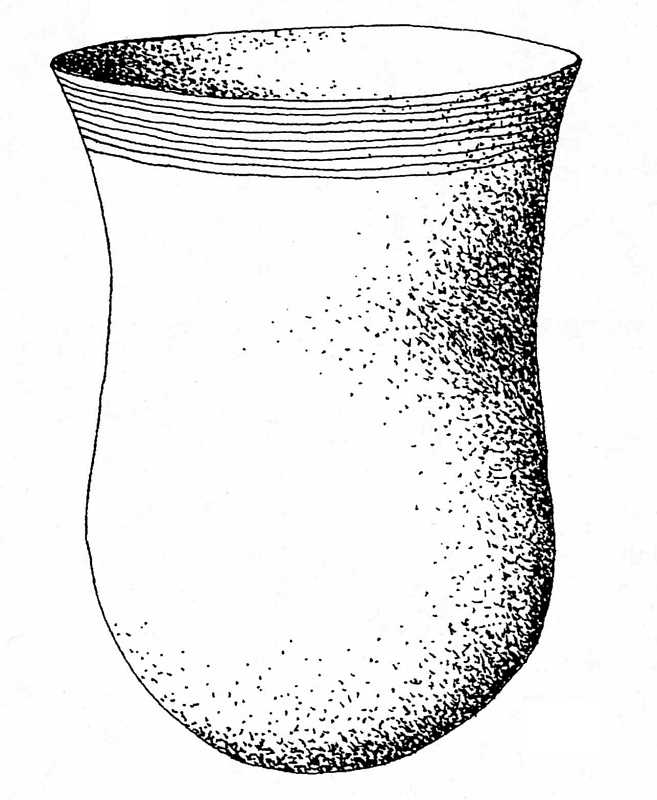Grassy Point

This was the most common motif recognized on all incised pottery at Guadalupe Bay. It consists simply of a series of narrow, parallel lines incised in a horizontal band around the upper part of the exterior of the vessel. The lines were carelessly executed, usually on the vessel when the paste still was relatively wet. Sometimes the lines run together or, on rare occasions, cross or overlap one another. This is not true crosshatching, however, but simply the result of sloppy incising.
The “Grassy Point" motif is represented by a relatively simple design quite similar to designs found on various pottery styles across most of the upper Texas coast and eastward into Louisiana and beyond. Clearly, the most obvious parallels are with examples of Goose Creek and San Jacinto Incised ceramics from the Galveston Bay area and Coles Creek Incised pottery, particularly the relatively late Hardy variety, from the Louisiana coast and Lower Mississippi Valley. Along the central Texas coast, the “Grassy Point" motif is known in limited amounts from a few scattered sites, with Guadalupe Bay providing the largest sample to date. This motif, along with all other motifs associated with Rockport Incised, is more common in the northern part of the range of Rockport ceramics, thereby strengthening its close ties to Goose Creek and San Jacinto Incised. James Corbin noted the most obvious relationship with Galveston Bay ceramics dating to that area’s Old River period, ca. A.D. 1350 to 1700.